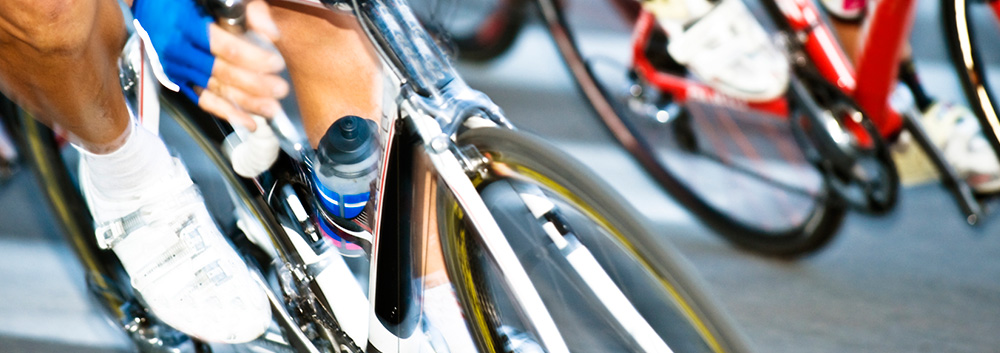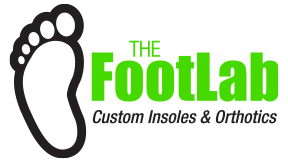
Benefits Of Custom FootLab Insoles For St. Paul MN Area Cyclists
Cyclists will find several important benefits to custom molded cycling orthotics; increased power, quicker recovery and proper knee alignment
The position of the foot in the cycling cleat, determines how the knee tracks during the pedal stroke. Here’s a test to show how this works. With shorts on standing with bare feet, stand with your feet parallel to one another about 12” apart. Roll both your feet onto their outside edges of the foot with your arches up and off the ground. You’ll notice that the shaft of your leg rotates outward and when you gently bend your knees they will track outward. Next, roll your feet all the way to their inside edges. You’ll notice that your legs will rotate inward and when you bend your knees they’ll track inward. If you roll your feet to a position somewhere between fully inward and outward you’ll find a location that when you flex your knees they will track straight ahead, as they are intended to do.
In up to 80% of the population, an unsupported foot in a cycling cleat will typically pronate (collapse to the inside) during the power phase of the cycling stroke. When this happens power is lost in the stroke, the shaft of the leg rotates inward and a torsional twisting occurs at the knee joint. This can be remedied by putting a supportive orthotic in the cleat.
Cycling orthotics differ from running shoe orthotics in that they typically need to be very low volume to fit inside tighter fitting cleats or cycling shoes. However, like running orthotics it is important to make sure that a cycling orthotic has proper support at the heel to keep the ankle joint in column and keep the knee tracking straight.
Schedule your FREE foot evaluation
You’ll learn and see how your feet, knees, hips and back will benefit from custom molded shoe inserts. Use our online scheduler, or call 651-429-3333 to ask questions or schedule your appointment.
